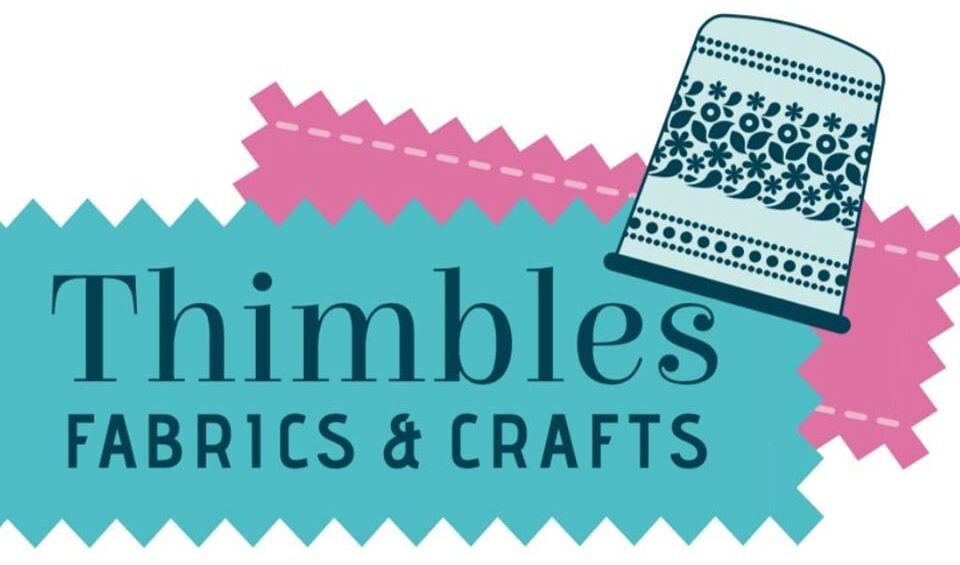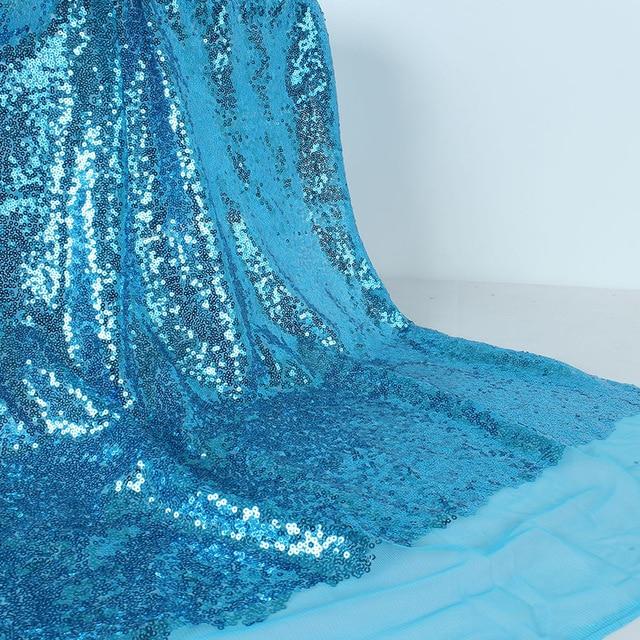Sequins Fashion in Dressmaking
In the captivating world of fashion, there are certain elements that hold a timeless allure. One such element is the sequin, a small, shiny adornment that adds a touch of glamour to any garment. The history of sequins is as intriguing as the sparkling pieces themselves. Join us on a journey through time as we explore the origins and evolution of sequins, from their humble beginnings to their prominent role in contemporary fashion.
Origins of Sequins
Sequins have a rich and diverse history, dating back thousands of years. The earliest evidence of sequins can be traced to ancient Egypt, where they were used to embellish the clothing of pharaohs and high-ranking individuals. These early sequins were made from precious metals like gold and silver, meticulously crafted into small disks and sewn onto garments by skilled artisans.
Evolution in Fashion
Over time, sequins found their way into different cultures and civilizations, each leaving their unique mark on the design and application of these shimmering embellishments. In ancient India, for instance, sequins adorned traditional garments like saris and lehengas, reflecting the opulence and grandeur of the Mughal Empire.
During the Renaissance period in Europe, sequins became increasingly popular among nobility and royalty. Intricately designed sequined gowns and doublets were a symbol of wealth and social status. As trade routes expanded, sequins made their way to the New World, where they were integrated into Native American beadwork, further diversifying their use.
The Birth of the Modern Sequin
The modern sequin as we know it today emerged during the early 20th century. It was French couturier Charles Frederick Worth who revolutionized sequin production by introducing a method to mass-produce them using gelatin. This breakthrough allowed sequins to be more affordable and accessible, marking a significant turning point in their popularity.
Sequins in the 20th Century
The glitz and glamour of the 1920s brought sequins to the forefront of fashion. The Art Deco movement embraced the extravagant use of sequins, adorning flapper dresses and accessories with geometric patterns and intricate beading. Hollywood starlets further popularized sequins, with icons like Josephine Baker and Marlene Dietrich dazzling audiences with their sequined ensembles.
Sequins continued to evolve throughout the 20th century, adapting to the changing fashion landscape. They became a staple in haute couture and ready-to-wear collections, adorning evening gowns, cocktail dresses, and even casual attire. The versatility of sequins allowed designers to explore different textures, sizes, and colors, pushing the boundaries of creativity and self-expression.
Sequins in Contemporary Fashion
In the present day, sequins continue to capture our imagination and add a touch of allure to our wardrobes. They have become synonymous with special occasions, lighting up red carpets, galas, and celebratory events. Fashion designers and stylists constantly find new ways to incorporate sequins into their collections, creating dazzling and memorable looks.
From intricate sequined patterns on wedding dresses to the understated elegance of sequined accessories, these shimmering embellishments remain an enduring symbol of glamour and style. Sequins have transcended cultural and geographical boundaries, captivating fashion enthusiasts worldwide.
The story of sequins is a testament to the enduring appeal of fashion and the power of a small, sparkling adornment to captivate our imagination. From ancient Egypt to contemporary runways, sequins have remained a staple of sartorial expression, adding a touch of enchantment to every garment they grace. As we continue to embrace the artistry and craftsmanship behind sequined creations, their timeless allure will undoubtedly keep them at the forefront of fashion for generations to come

